Cultural tourism in Madrid and its museums to discover
16 October, 2024Madrid is known for its wide range of museums, led by the famous Art Triangle, made up of the Prado, Thyssen-Bornemisza, and Reina Sofía museums. But its cultural offer in this sense goes much further, with other lesser-known options in the city itself and also outside it, which enrich the visitor’s experience with cultural interests in the most diverse fields.
As we go deeper into the Region of Madrid, we come across small, unknown gems that allow us to get to know the towns where they are located. A two-hundred-year-old bullring that houses a bullfighting museum, a cinema museum - unique in Spain - or a lunar museum in a space interpretation centre are just a few examples.
Little-known gems in Heritage Cities
Archaeological and Palaeontological Museum of the Region of Madrid
In Alcalá de Henares, it offers a journey through the past of Madrid’s territory, from its first settlers and first societies to the present of Madrid’s archaeology. More information here.
Museo Casa Natal de Cervantes [Cervantes’ Birthplace Museum]
Located in the house where Miguel de Cervantes was born on Calle Mayor de Alcalá, the museum recreates the everyday atmosphere of a 16th and 17th century house. Throughout the year, it organises many activities to bring the character, work and period of the universal author closer to the public, which can be consulted on its website.
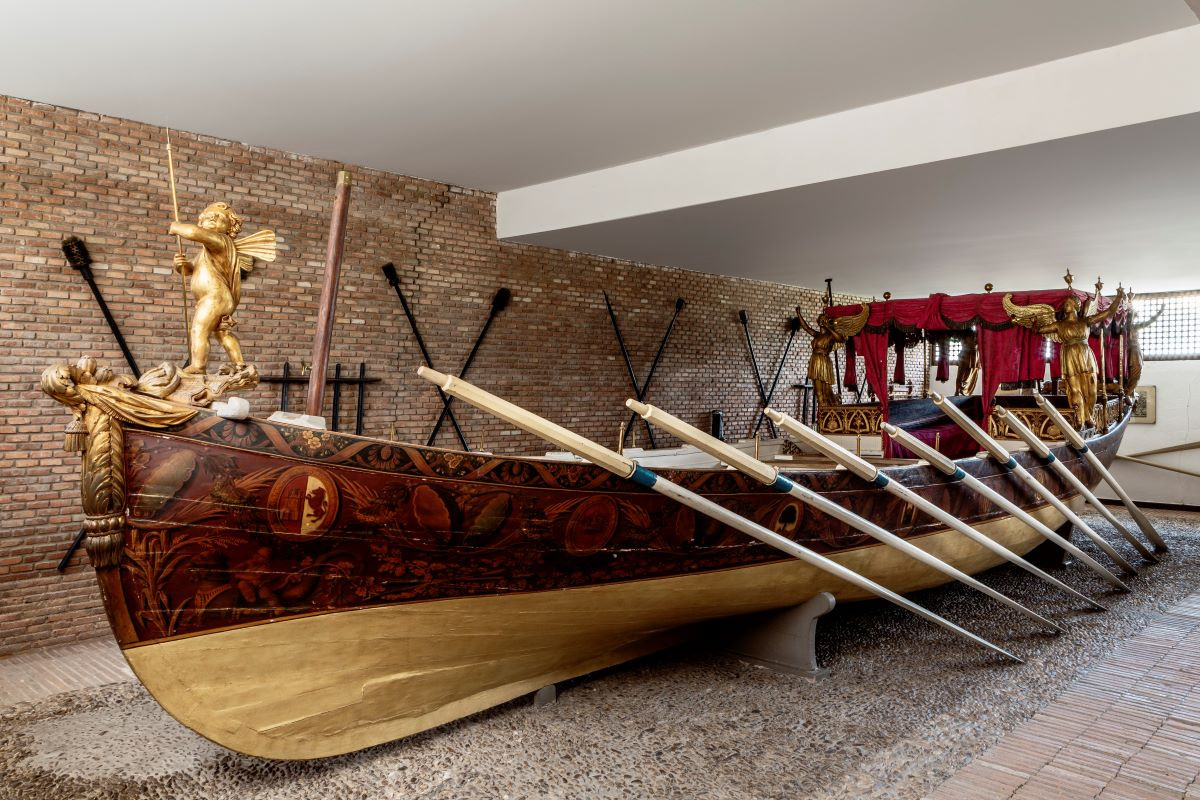
Museo de Falúas Reales [Royal Boats Museum]
In Aranjuez, in the Prince’s garden, the museum has one of the most spectacular collections of pleasure boats that the kings used to sail, the falúas [or barges] that made up the Tagus fleet.
Museo taurino [Bullfighting Museum]
This is located in the bicentenary bullring of Aranjuez, listed as a historic-artistic monument, where guided tours are offered to discover its facilities and the exhibition area.
Las cocheras del rey
The three 18th-century buildings of las cocheras del rey,[King’s Coach House], the Casa del Regalero, the Regalero stable, and the house of travel trades in San Lorenzo de El Escorial, house a curious museum of carriages and a collection from different periods.
By region: Sierra Norte
Picasso Museum - Eugenio Arias Collection
The monographic museum is located in some of the rooms of the Buitrago del Lozoya Town Hall. His friendship with Picasso is the basis of the so-called Arias Collection, with some 75 works dedicated to him and gifted by the author.
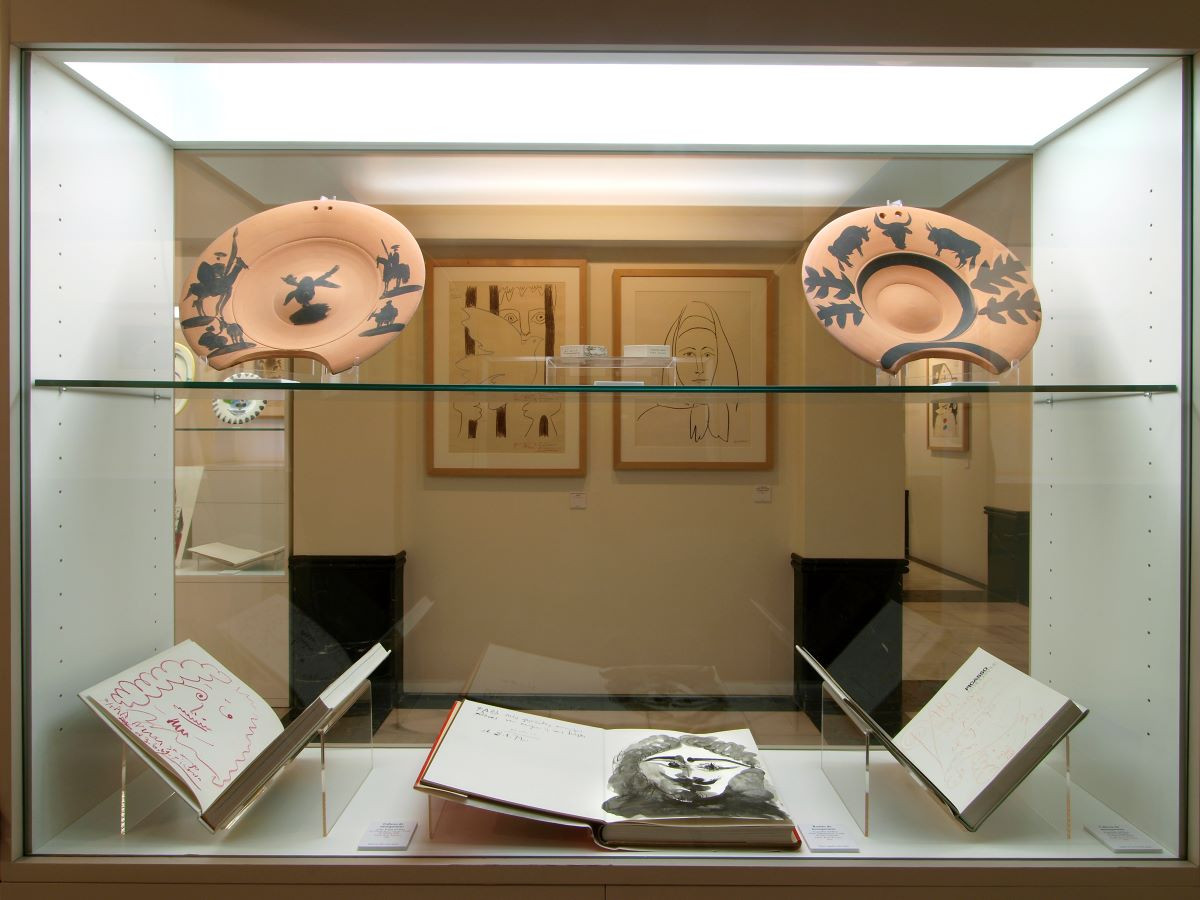
Valley of Dreams
The Valley of Dreams is an exhibition of 116 contemporary sculptural works displayed in the open air along a route of about two kilometres. Located in Puebla de la Sierra, you can interact with the works in a privileged setting, the Sierra del Rincón, declared a Biosphere Reserve by UNESCO in 2005.
Eight villages, eight museums
The Sierra Norte de Madrid offers a different plan: touring the “Territorio Museo”, a tourist route through eight villages: El Atazar, El Berrueco, Cervera de Buitrago, Patones, Robledillo, and Puentes Viejas -made up of Cinco Villas, Mangirón, Paredes de Buitrago, and Serrada de la Fuente-. Visitors can thus get to know the region and its museums, the traditions and ways of life of the 'water villages', as well as enjoying its tourist attractions by following trails and itineraries.
Sierra Oeste
Lunar Museum
It is well worth visiting one of the most original museums in the Region of Madrid and the space interpretation centre in Fresnedillas de la Oliva, also with guided tours, children’s games, and an agenda of activities for all audiences, available on its website.
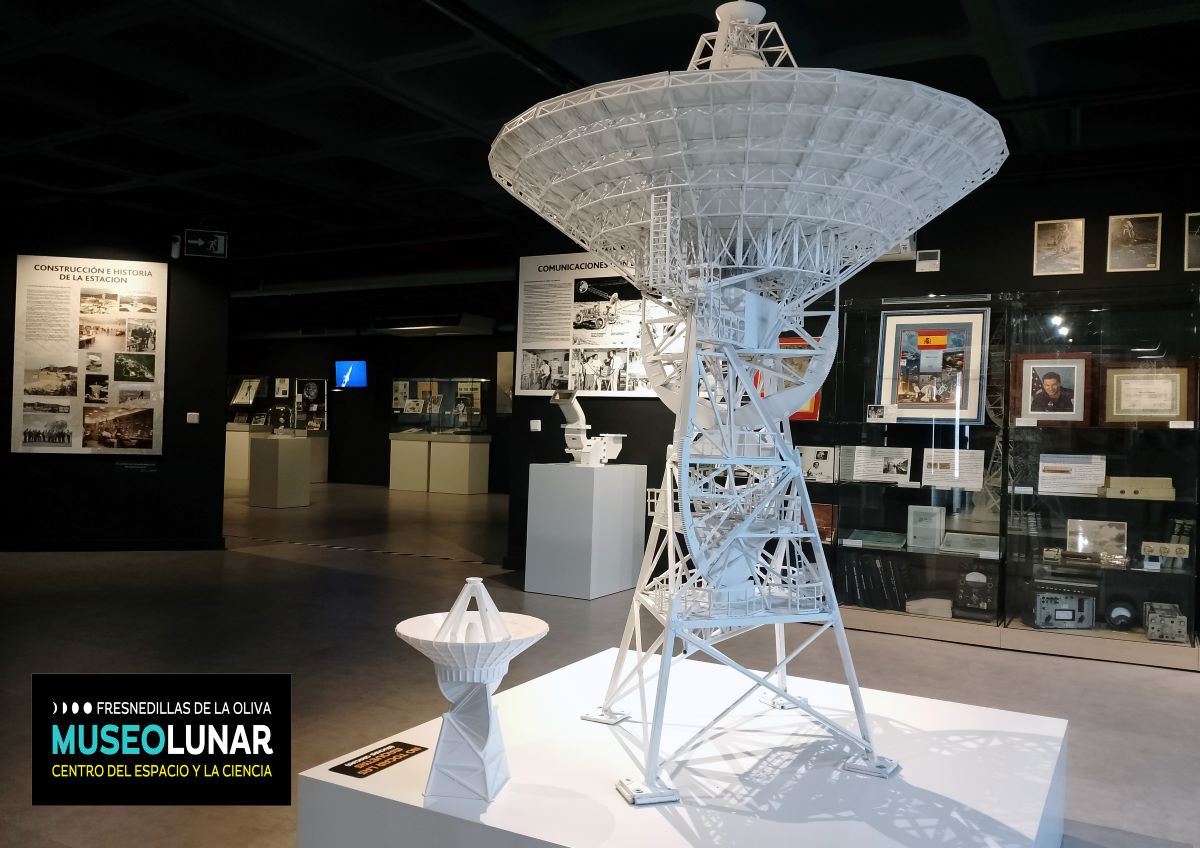
Casas con vida
Without leaving Fresnedillas de la Oliva, Casas con vida is an artistic and community initiative by the artist Elena Parlange seeking to revitalise the town centre. The aim is to bring life to abandoned or dilapidated houses by painting scenes and characters on doors and windows that recreate the stories and customs of the village’s former inhabitants and animals.
Las Vegas and the Alcarria de Madrid
Ulpiano Checa Museum
The monographic Museum of Ulpiano Checa, an artist specialising in historical and orientalist painting, contains the most extensive collection of his work. It is located in his home town, Colmenar de Oreja.
Cinema Museum
In Villarejo de Salvanés we can find the first professional and technological Cinema Museum in Spain. It houses a collection of objects rescued over the years from the exhibition halls, an exhibition on the origins of cinema, 19th century equipment, vintage cinema booths, and an exhibition on the evolution of the seventh art.
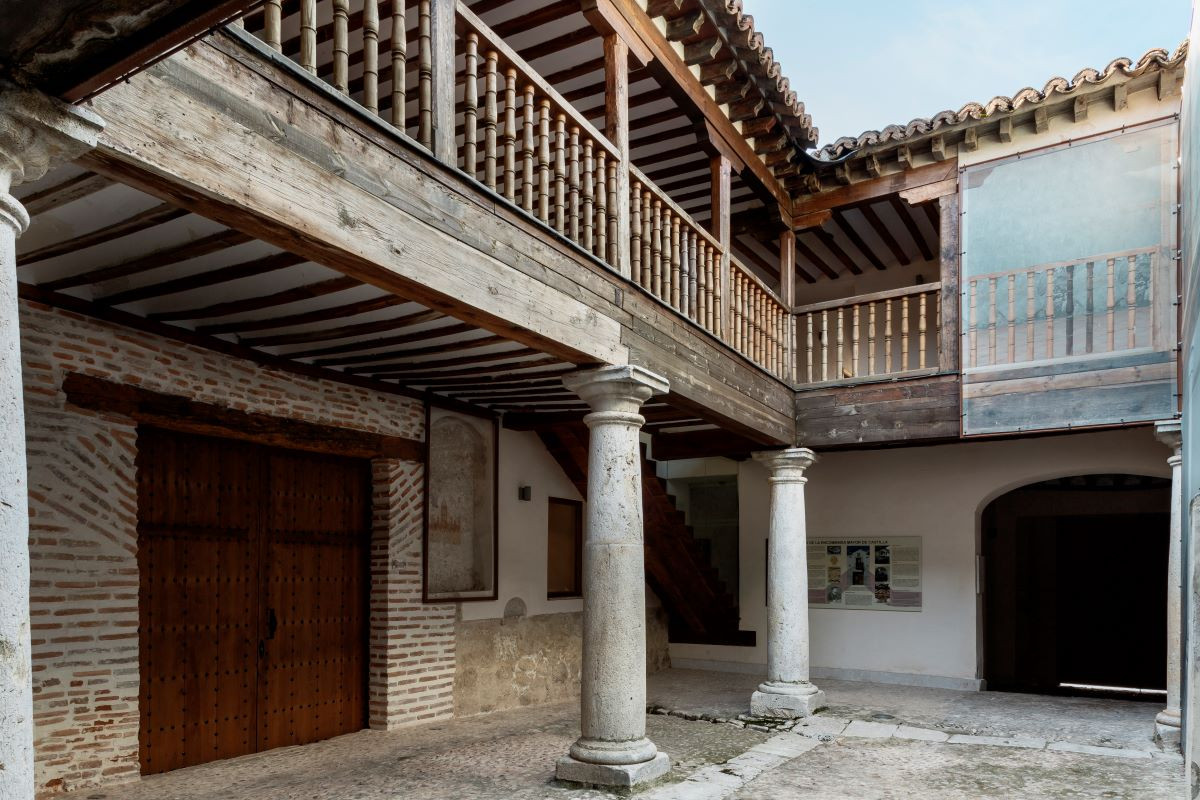
La Casa Tercia
The Casa Tercia in the Middle Ages was used to store and produce wine, oil, and cereal because a third [tercia] of the production ended up in the hands of the feudal lords as a tax. This ethnographic museum also forms part of the historical-artistic complex of Villarejo de Salvanés.
Other museums in the city
The capital offers eight unique and internationally renowned museums such as the National Archaeological Museum which exhibits a complete collection of archaeological and artistic remains reflecting the diversity of cultures that have inhabited the Iberian Peninsula since prehistoric times; the National Museum of Decorative Arts built around the concept of design, with a selection of objects that have formed part of everyday life since the 14th century; the National Museum of Romanticism, a small palace that recreates the atmospheres, rooms and way of life of the 19th century bourgeoisie; and the Museo de América which exhibits the ways of life, models of society and beliefs of the different American cultures throughout their history.
They are joined by the National Museum of Anthropology, which allows visitors to explore the diversity and cultural richness of human beings through its collections; the Cerralbo Museum, the house-museum of the Marquis of the same name in a 19th century mansion that preserves the original atmosphere of the period; the Sorolla Museum, the painter’s home and studio and today one of the most complete artist’s houses in Europe; and the Museo del Traje CIPE (Ethnological Heritage Research Centre), which presents the evolution of fashion from the 18th century to the present day.
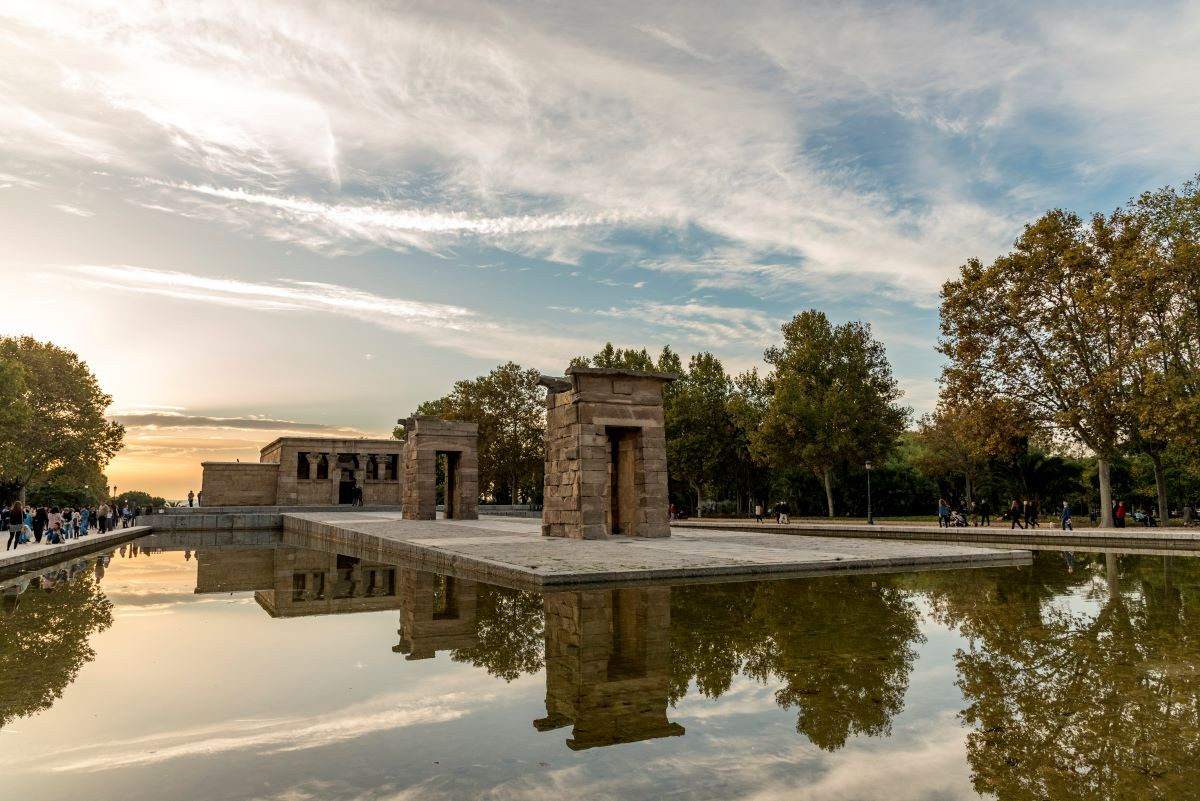
Madrid is also home to other treasures, such as the Temple of Debod, which is over two thousand years old and was donated to Spain by the Egyptian government for its help in saving the temples from being submerged under water after the construction of the Aswan Dam.
The Casa Museo Lope de Vega in the heart of Madrid is a typical 17th-century house with some of the original furniture, which brings visitors closer to his life and work, as well as to the Golden Age, through workshops, guided tours, routes and theatre all year round, while the Pantheon of Spain is a monument next to El Retiro Park where, since 1901, the funeral remains of some of the most illustrious figures in the history of Spain have been laid to rest.
The wide range of cultural tourism on offer in the Region of Madrid always surprises visitors with little unknown gems, in this case in the form of unique museums that enrich their visit to the region beyond the wealth of museums in the capital.